Most people know of the great construction achievements of the dynastic Egyptians such as the pyramids and temples of the Giza Plateau area as well as the Sphinx.

Many books and videos show depictions of vast work forces hewing blocks of stone in the hot desert sun and carefully setting them into place. However, some of these amazing works could simply not have been made by these people during the time frame that we call dynastic Egypt.
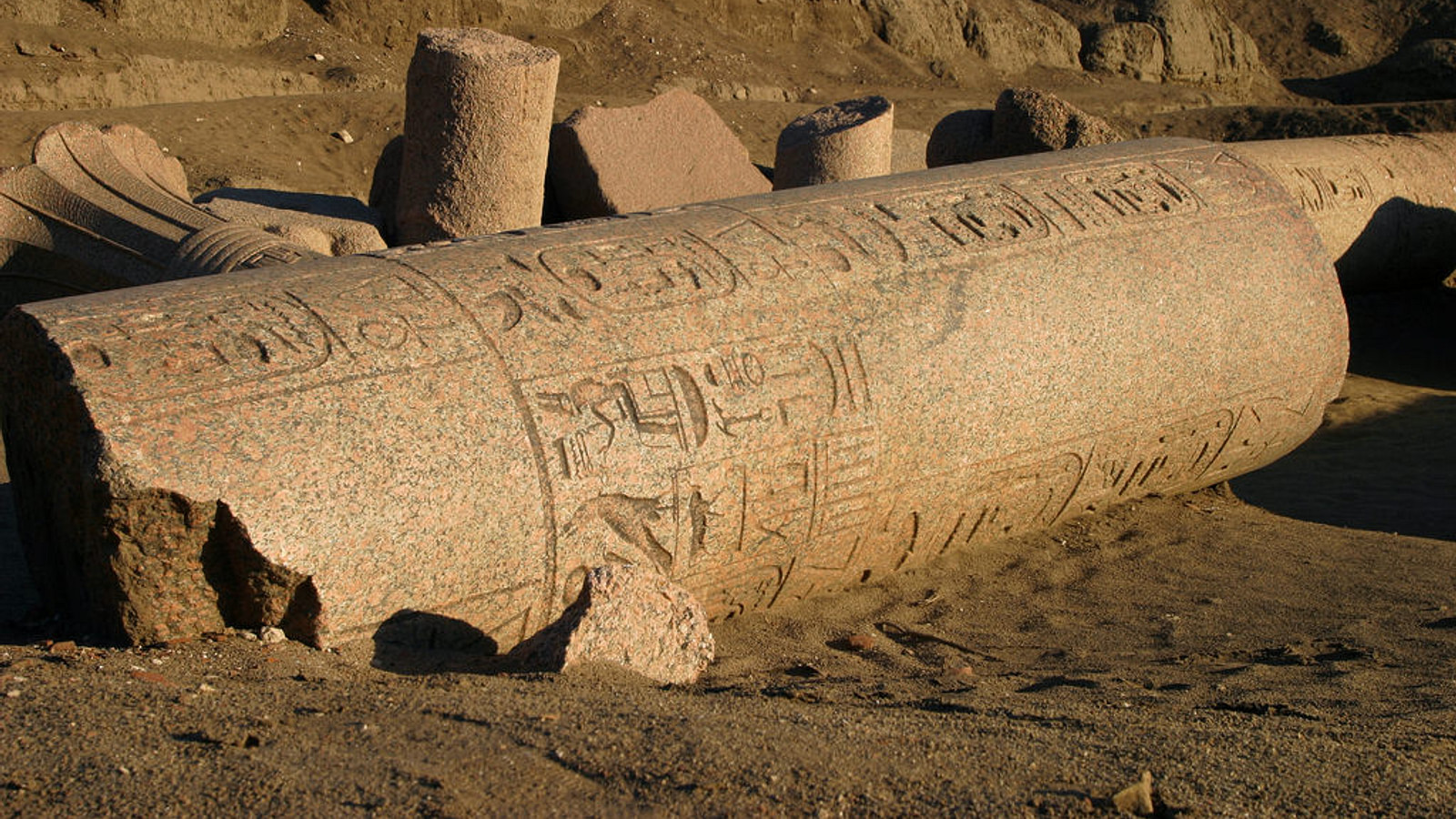
Up until the 7th century BC there was very little iron present in Egypt, as this material only became commonly used once the Assyrians invaded at that time; in fact, the ancient Egyptians regarded iron as an impure metal associated with Seth, the spirit of evil who according to Egyptian tradition governed the central deserts of Africa.

A few examples of meteoric iron have been found which predate the Assyrians, but this consists largely of small ornamental beads.
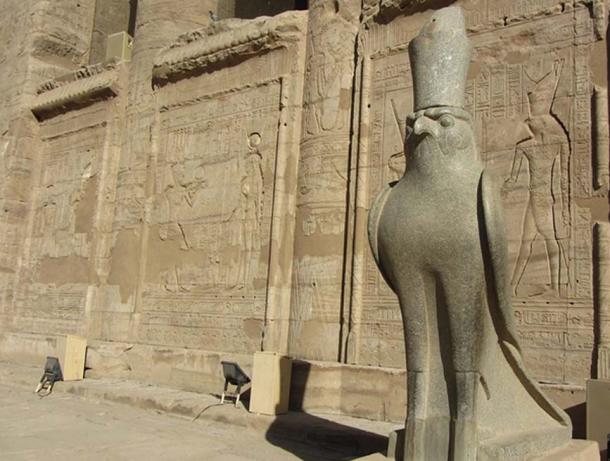
Stone sculpture of Horus in Egypt. Source: Public Domain
The very basic problem that arises is that we find at many of the ancient sites in Egypt finely crafted works in basalt, granite, quartzite and diorite which are very hard stones that can’t be shaped efficiently even by hardened iron tools
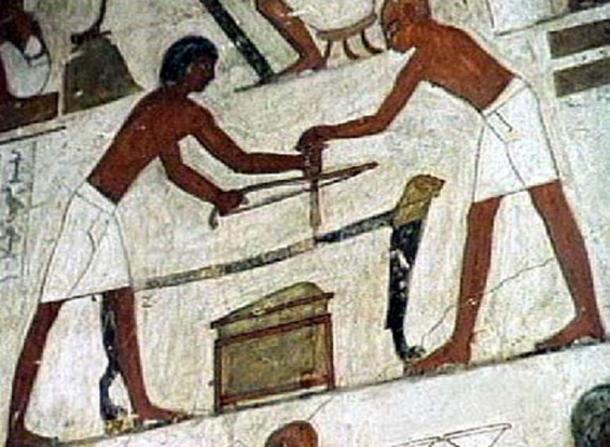
Using common tools to work stone in ancient Egypt. ( Egyptraveluxe Tours)
We start in Aswan, which is close to the border of Sudan, and it is here that we find the famous unfinished obelisk, and another smaller one, still attached to the granite bedrock.
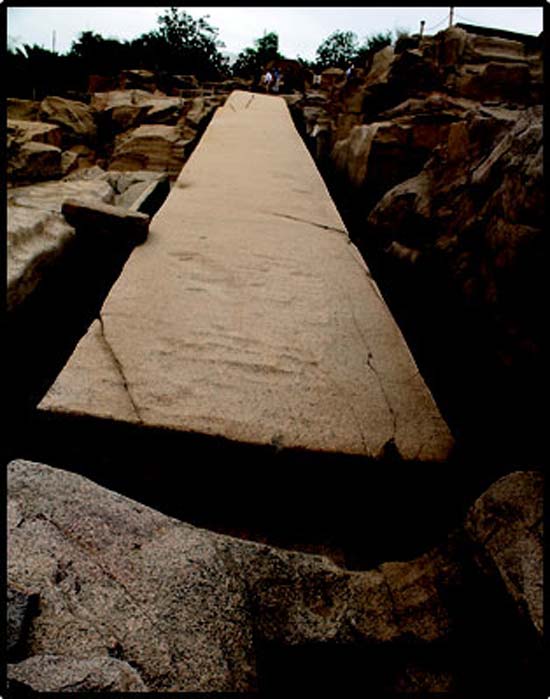
The large unfinished obelisk in the Aswan quarry. (Author provided)
Archaeologists claim the female ruler known as Hatshepsut, who came to the throne in 1478 BC sanctioned the construction of the bigger of the two. It is nearly one third larger than any ancient Egyptian obelisk ever erected. If finished, it would have measured around 42 m (approximately 137 feet) and would have weighed nearly 1,200 tons
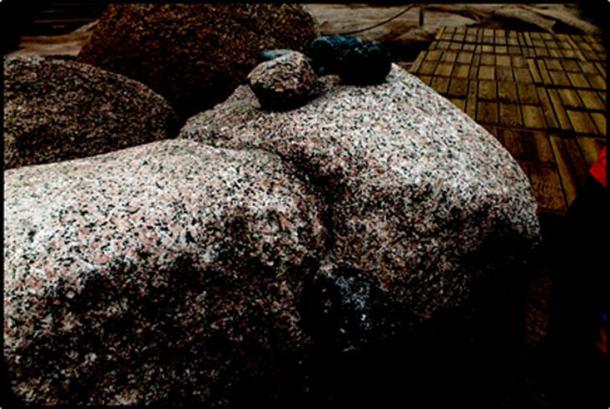
Dolorite pounders on top of a piece of pink Aswan granite. (Author provided)
Other problems encountered at the unfinished obelisk is that there is very little room inside the trench to be able to create a hard blow, and such repeated efforts could also break the dolerite tool
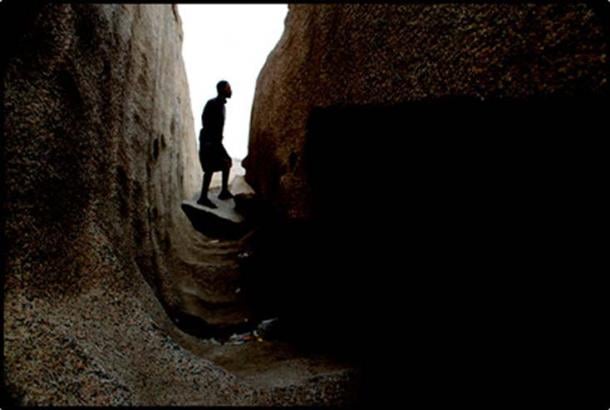
“Scoop marks” beside the smaller of the two obelisks. (Author provided)
Many will of course ask where the tools are that could have done work such as this. We do know that strange devices and materials have been found in archaeological sites in different parts of the world, and have been labeled, boxed and hidden out of view because they do not fit the conventional historical paradigm.
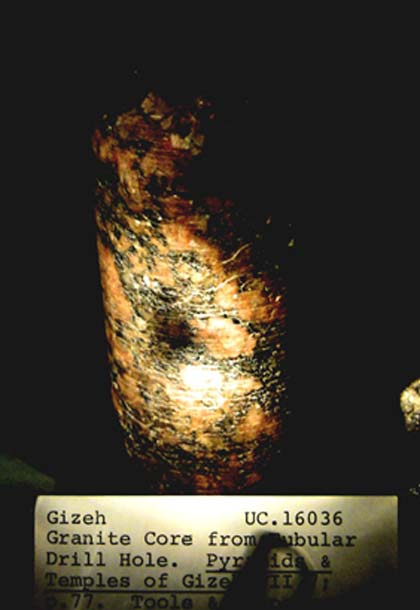
Granite drill core in the Petrie Museum. (Author provided)
The often times quoted idea that these drill cores were achieved using a bow and copper tube with sand used as an abrasive must be thrown out, as no modern replication of these cores has been done to the level of efficiency as discussed above.
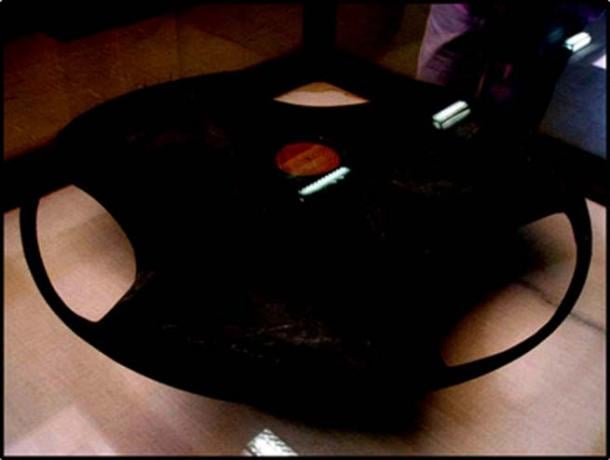
The famous schist bowl or disk. (Author provided)
At Karnak, which is a huge temple complex, we find many examples of ancient core drill holes, and one whose diameter is greater than a human hand. As you can see in the photograph the wall of the drill itself was thinner than 21 st century examples, and even engineers and mining experts that have seen it cannot explain what material the drill would have been made of to maintain its shape and stability at being so thin.
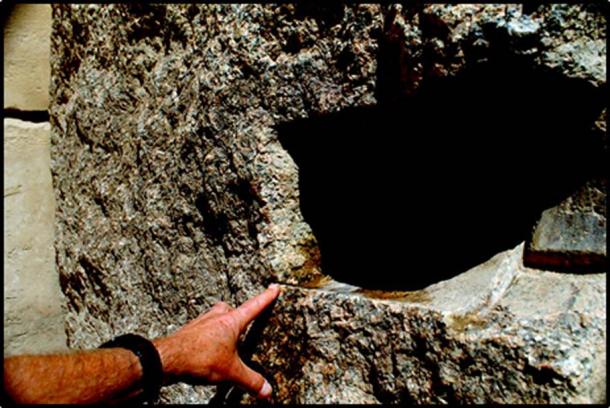
Large drill core at Karnak. (Author provided)
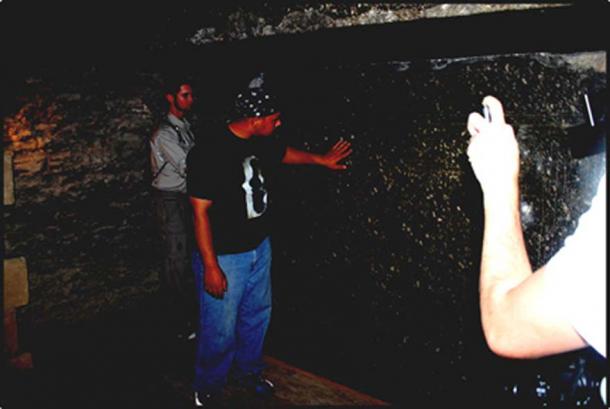
Yousef Awyan feeling the smoothness of the surface. (Author provided)
The manufacturers of these boxes in the Serapeum not only created inside surfaces that were flat when measured vertically and horizontally, they also made sure that the surfaces they were creating were square and parallel to each other, with one surface, the top, having sides that are 5 feet and 10 feet apart from each other. But without such parallelism and squareness of the top surface, the squareness noted on both sides would not exist.
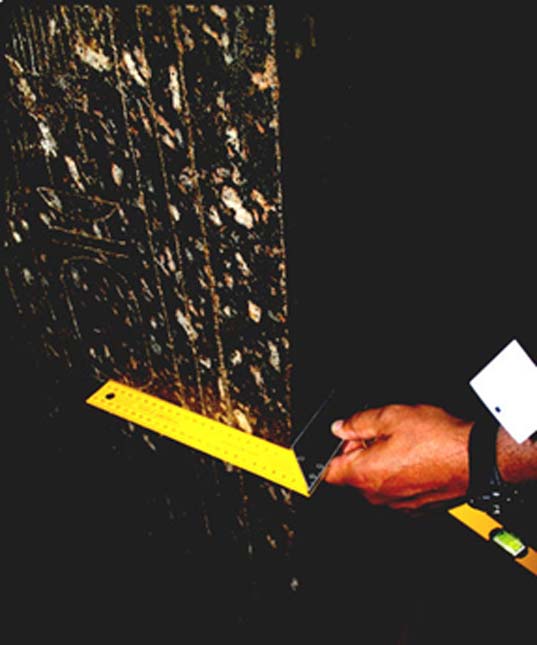
Astonishing precision of one of the Serapeum boxes. (Author provided)
This is why I believe that these artifacts that I have measured in Egypt are the smoking gun that proves, without a shadow of a doubt, that a higher civilization than what we have been taught existed in ancient Egypt. The evidence is cut into the stone.’
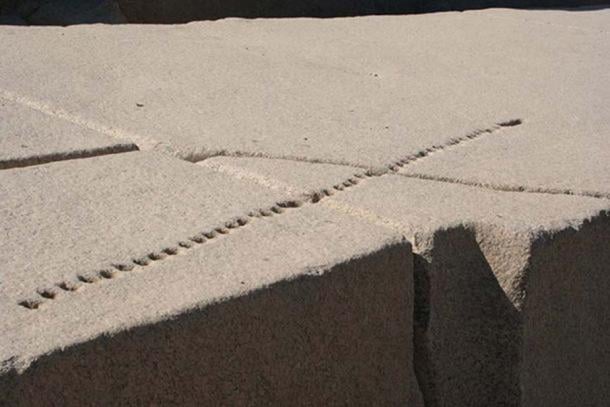
An unfinished Egyptian obelisk at Aswan with holes showing how the granite would be split. (Glenn Ashton/ CC BY SA 3.0)
What you have seen and read here are but a few of multiple examples of artifacts that do not fit the paradigm of the dynastic Egyptians. These artifacts could not have been created by these people, and thus we must conclude that they are older. More information can be gleaned from my book Lost Ancient Technology Of Egypt.